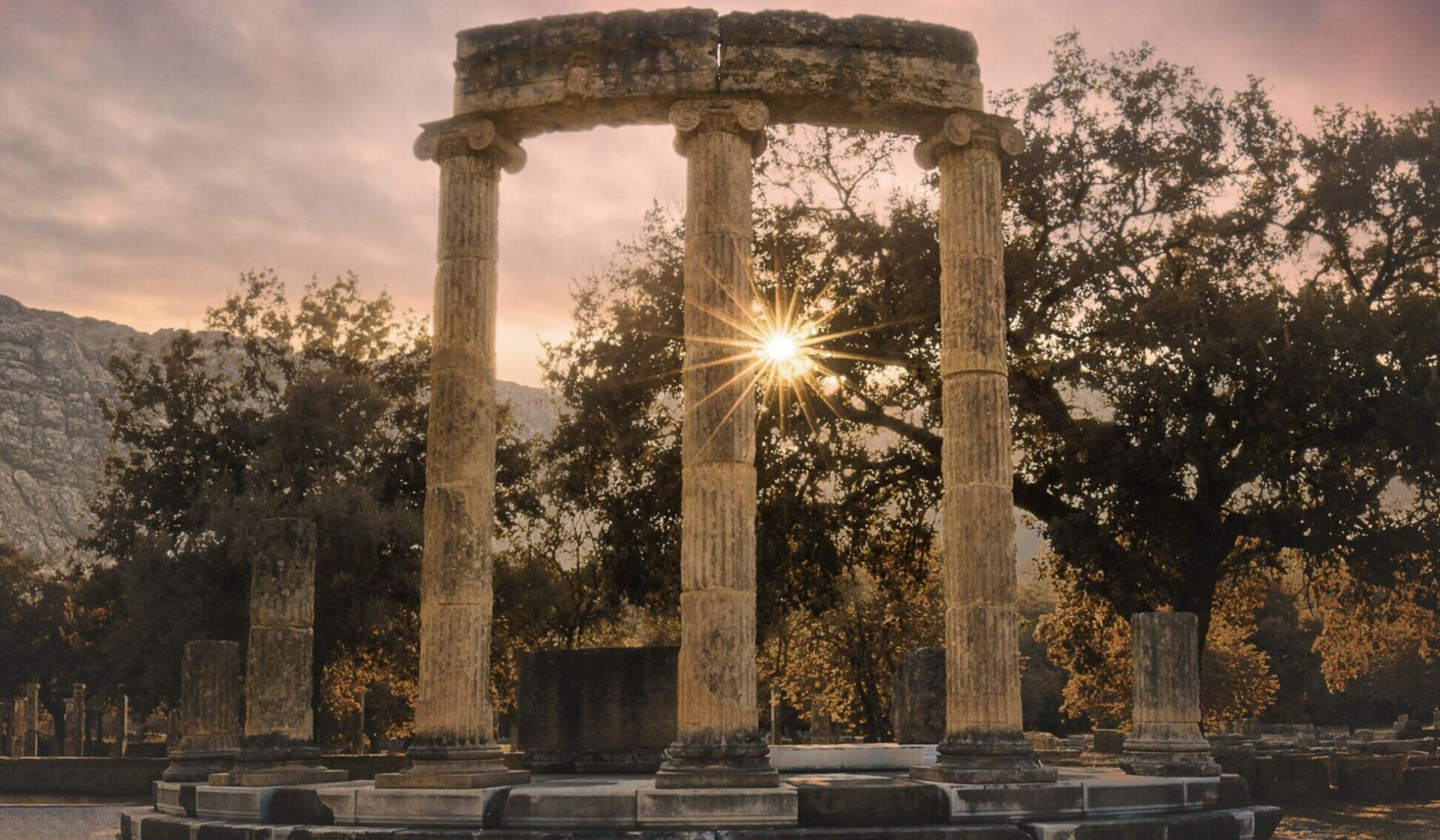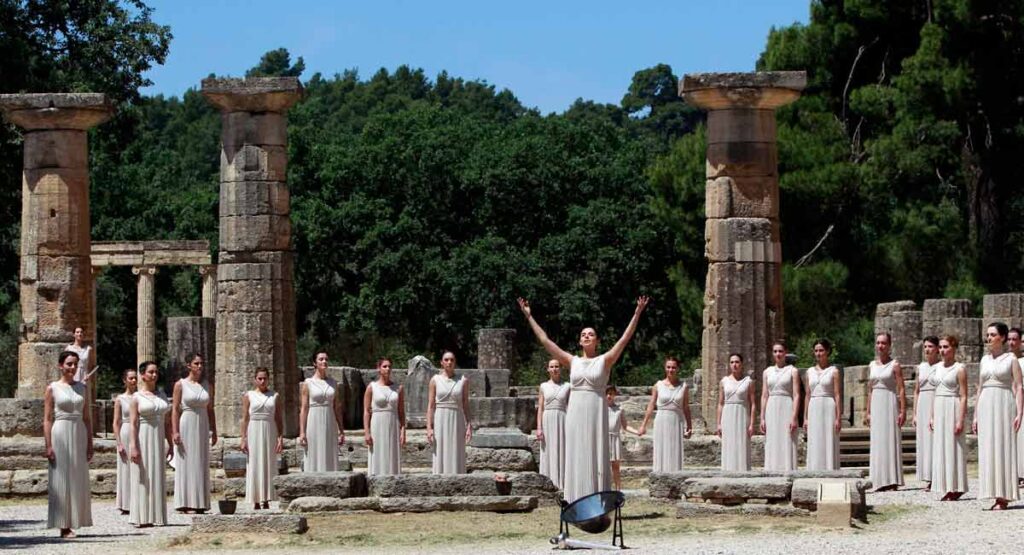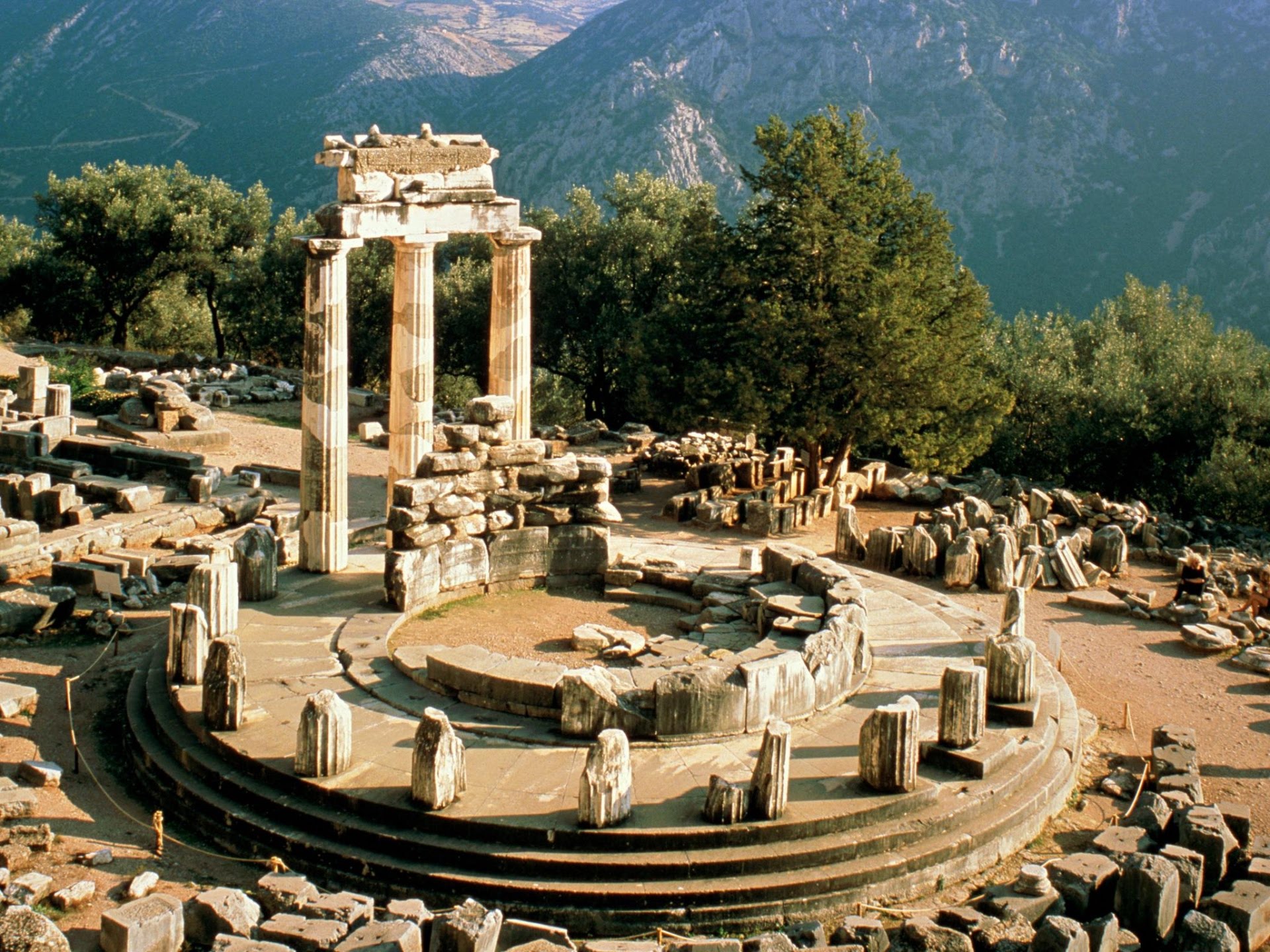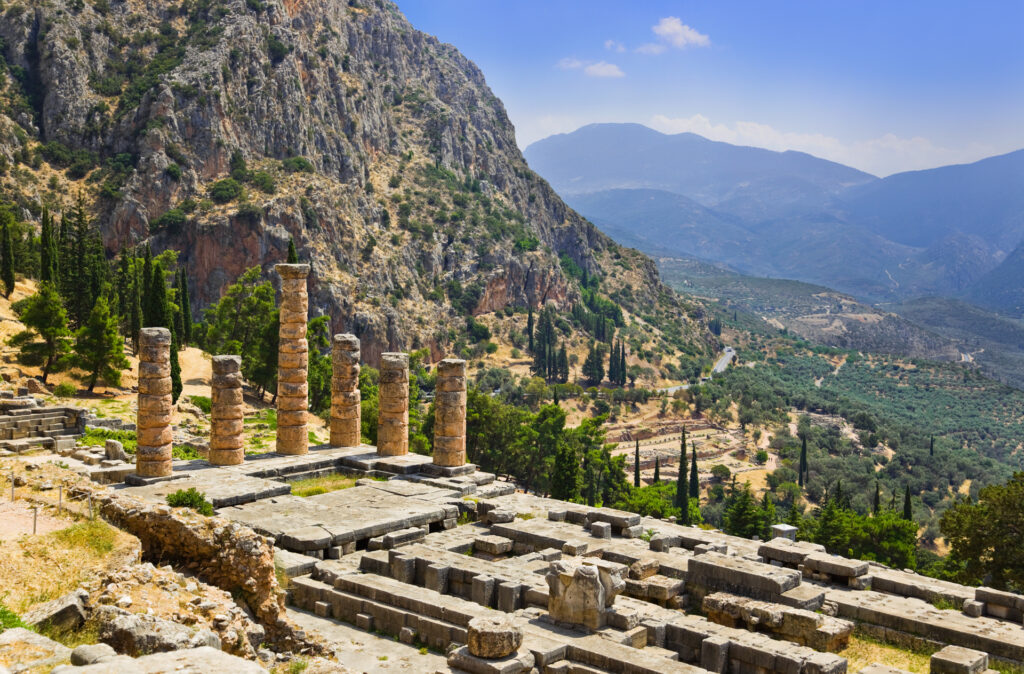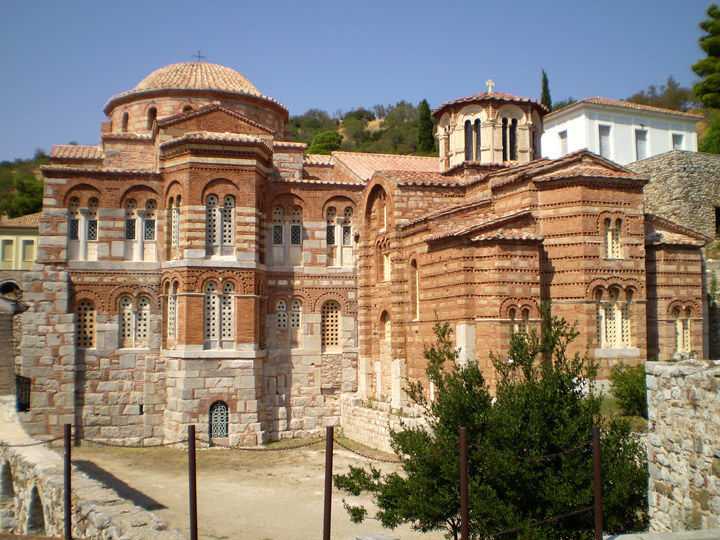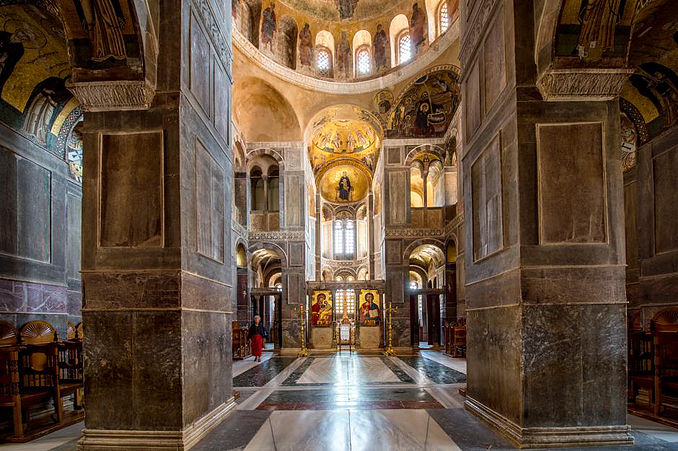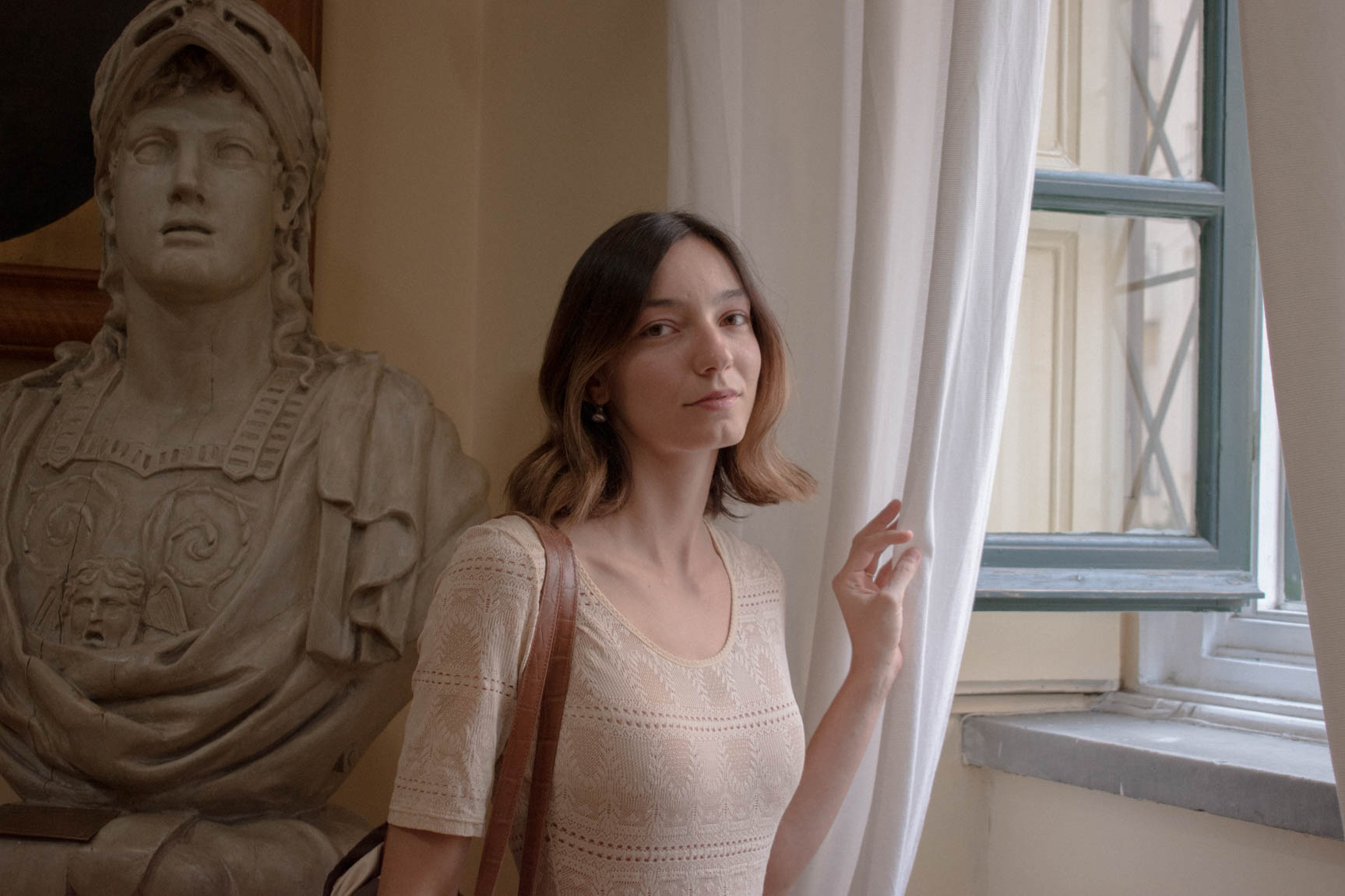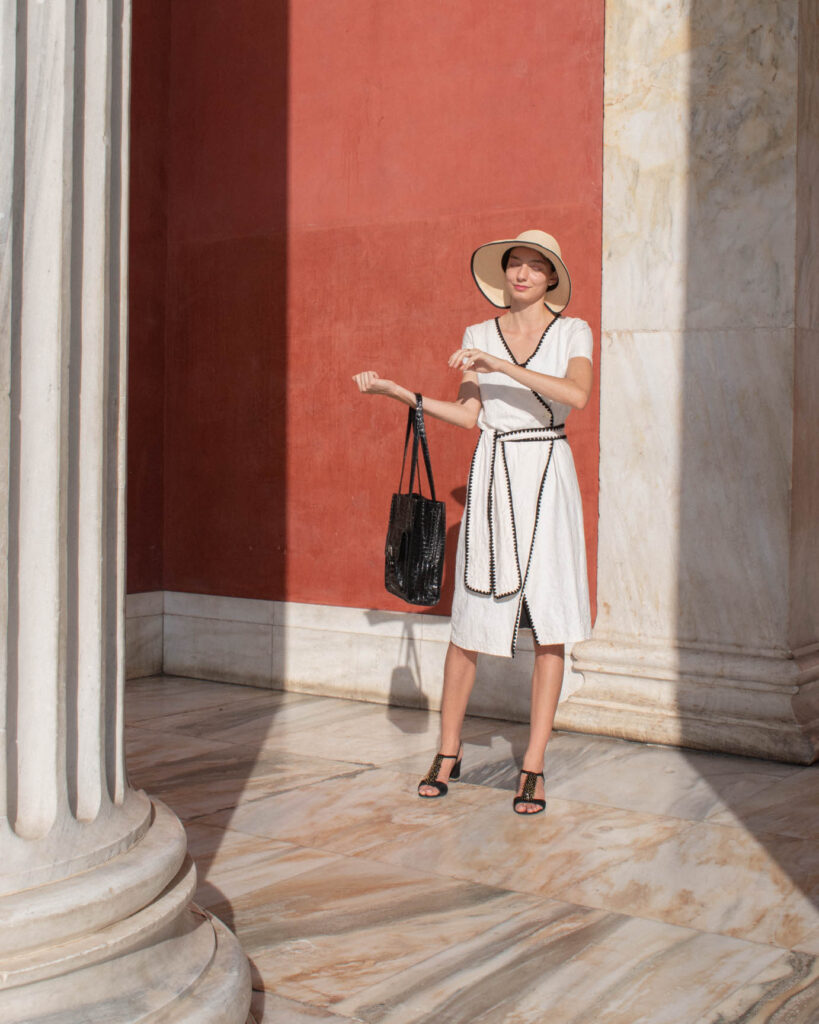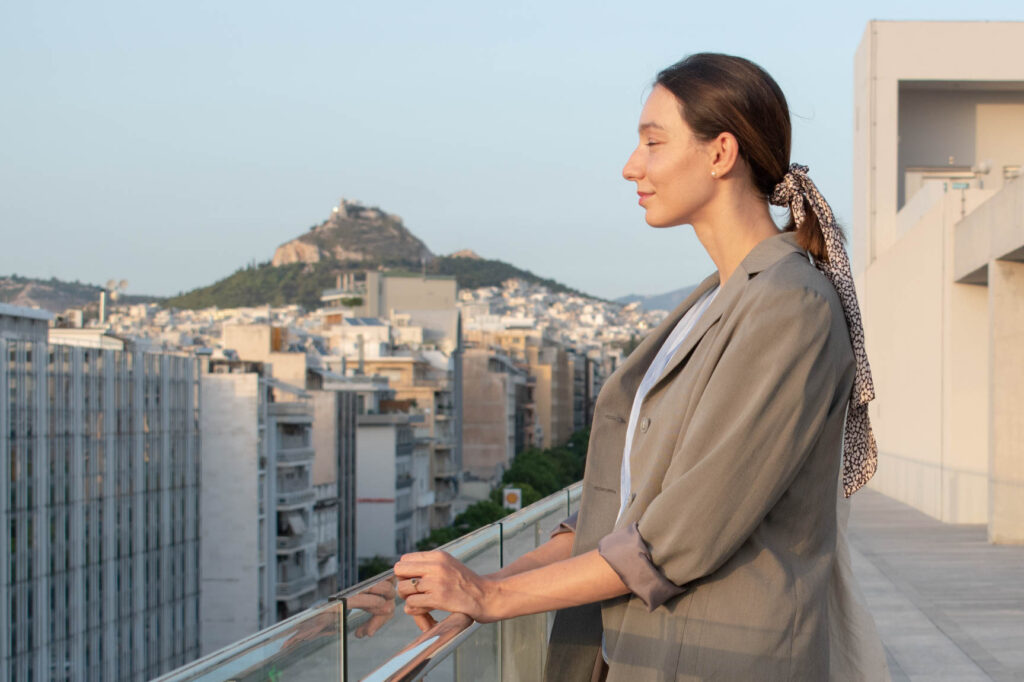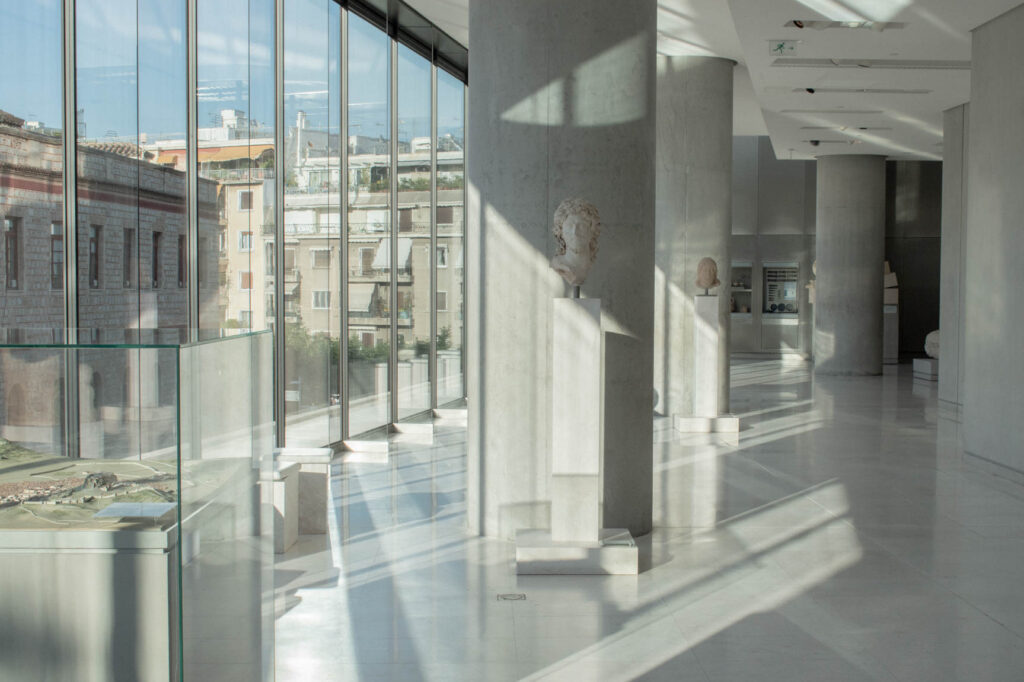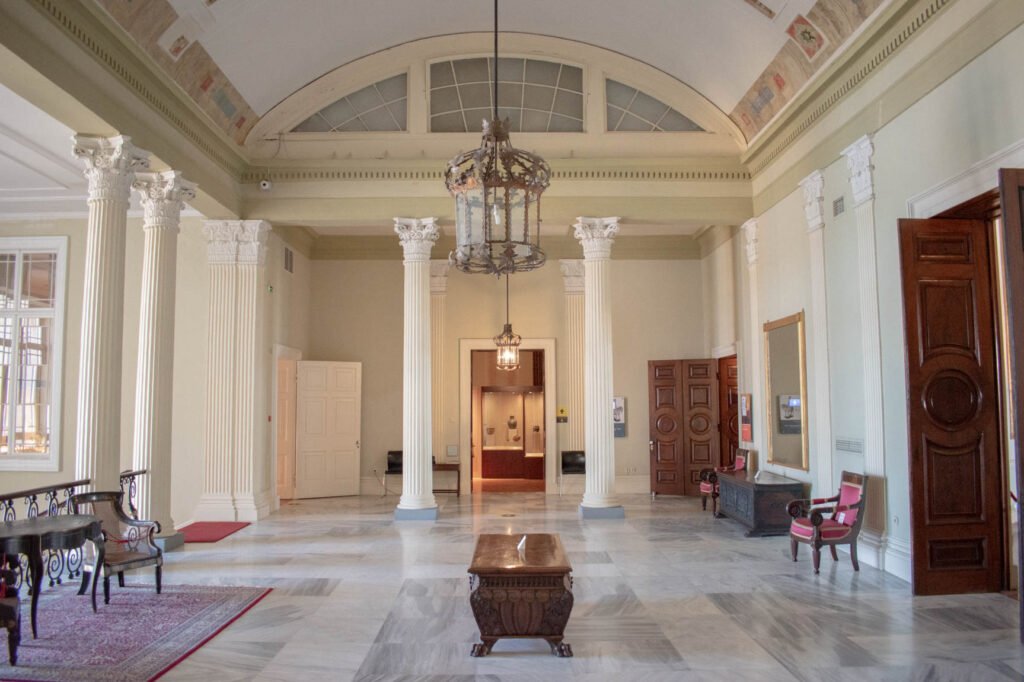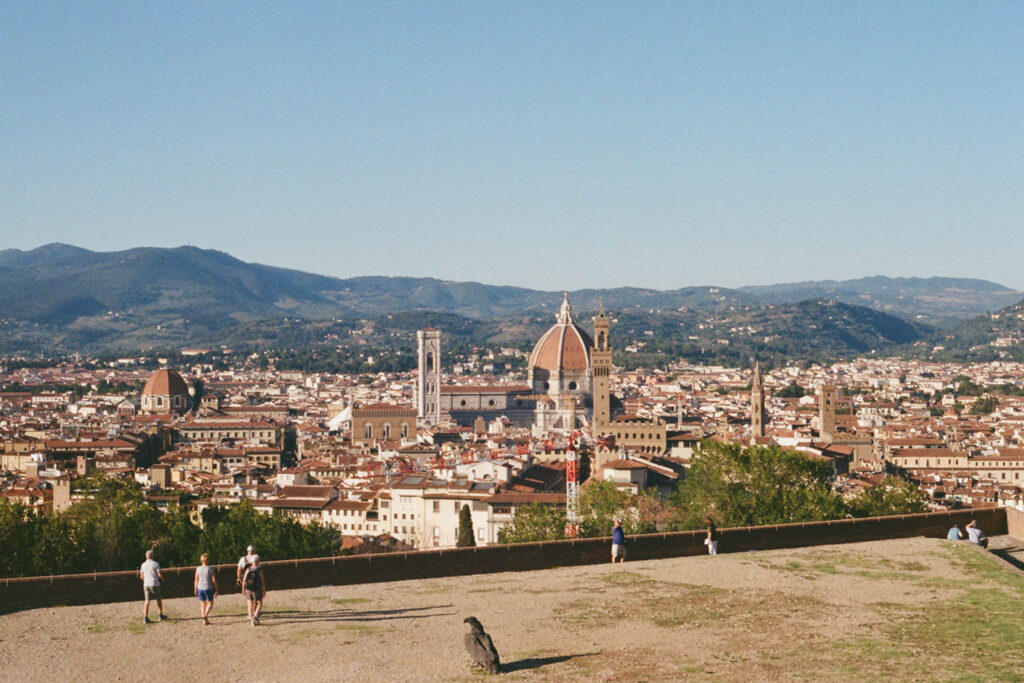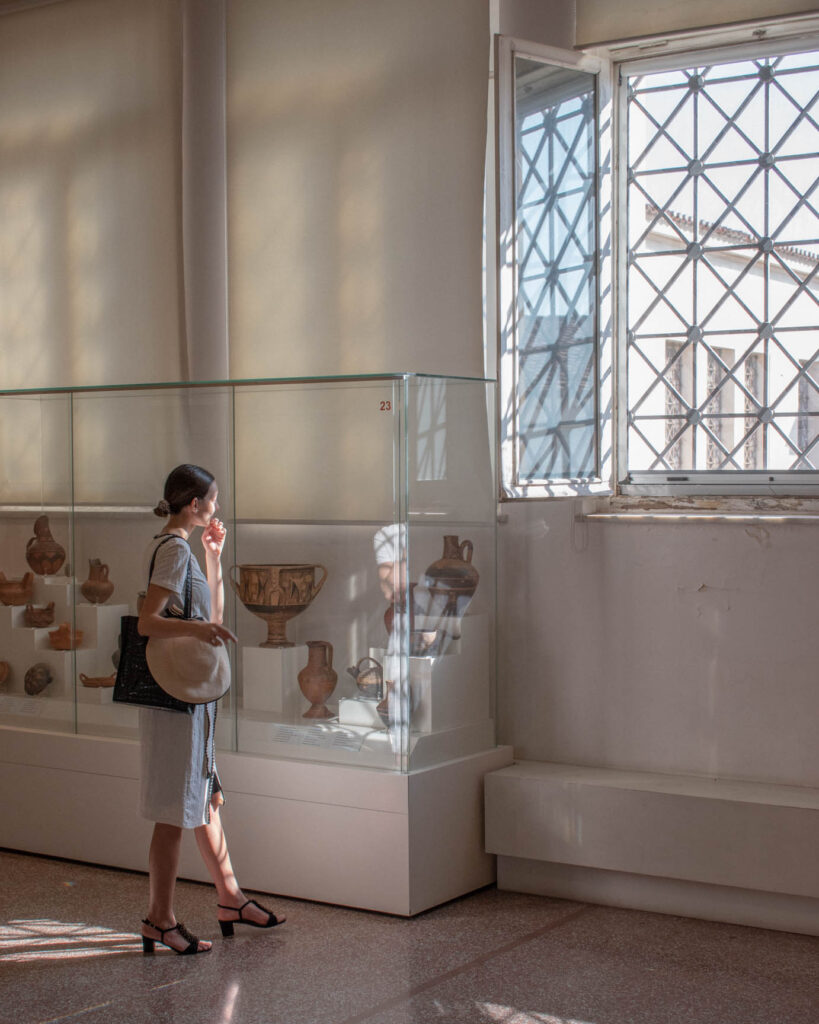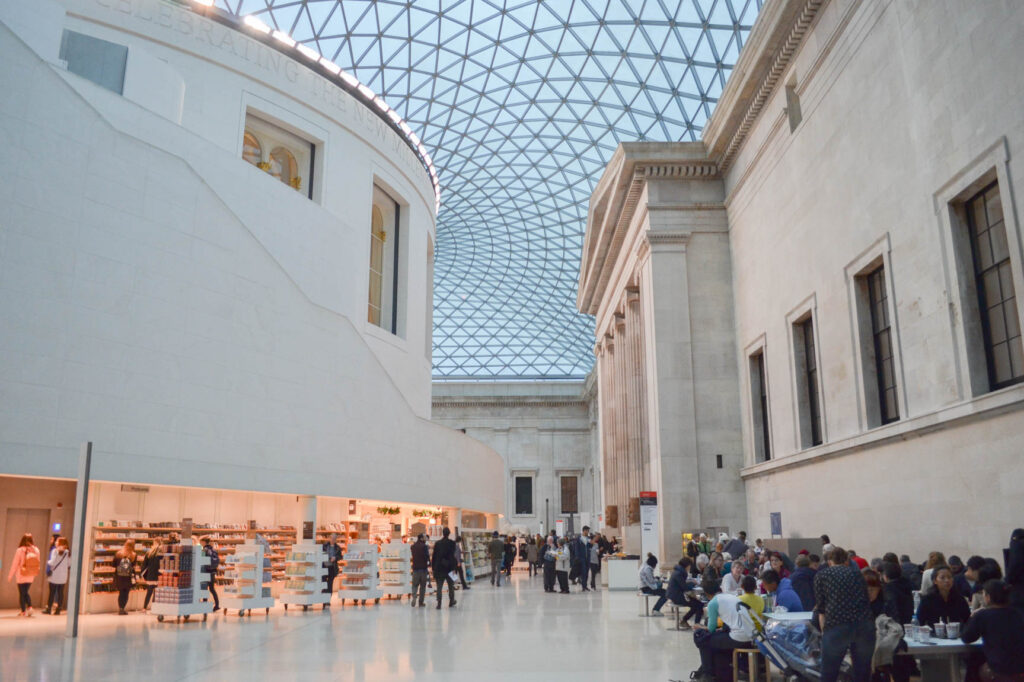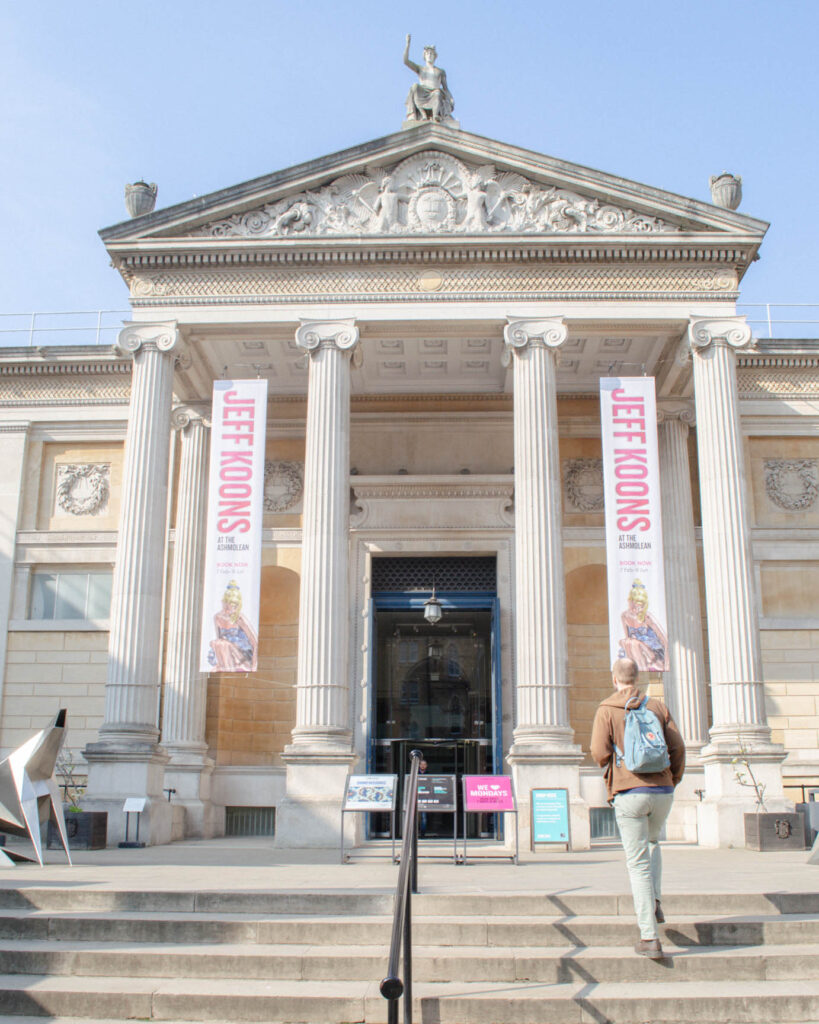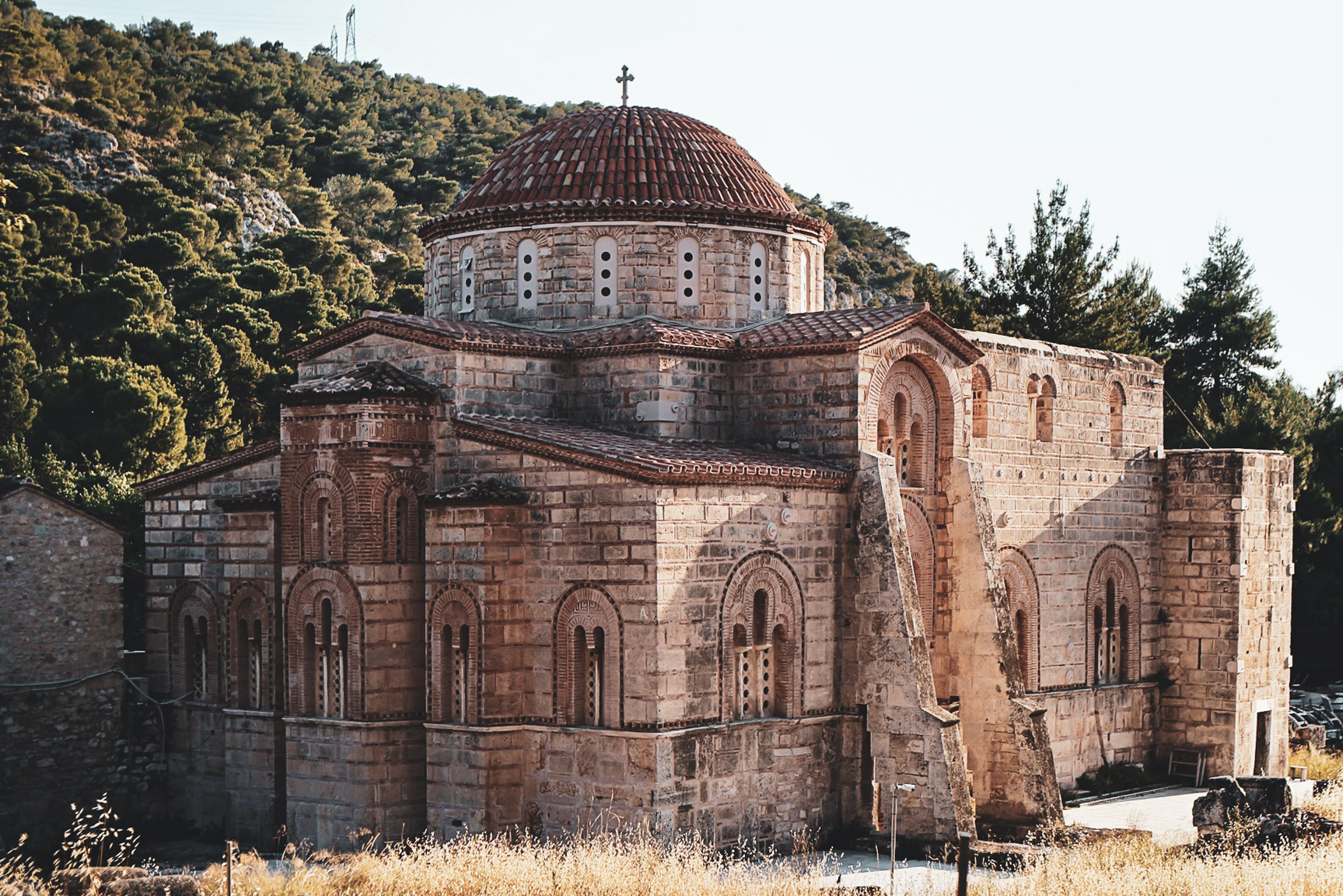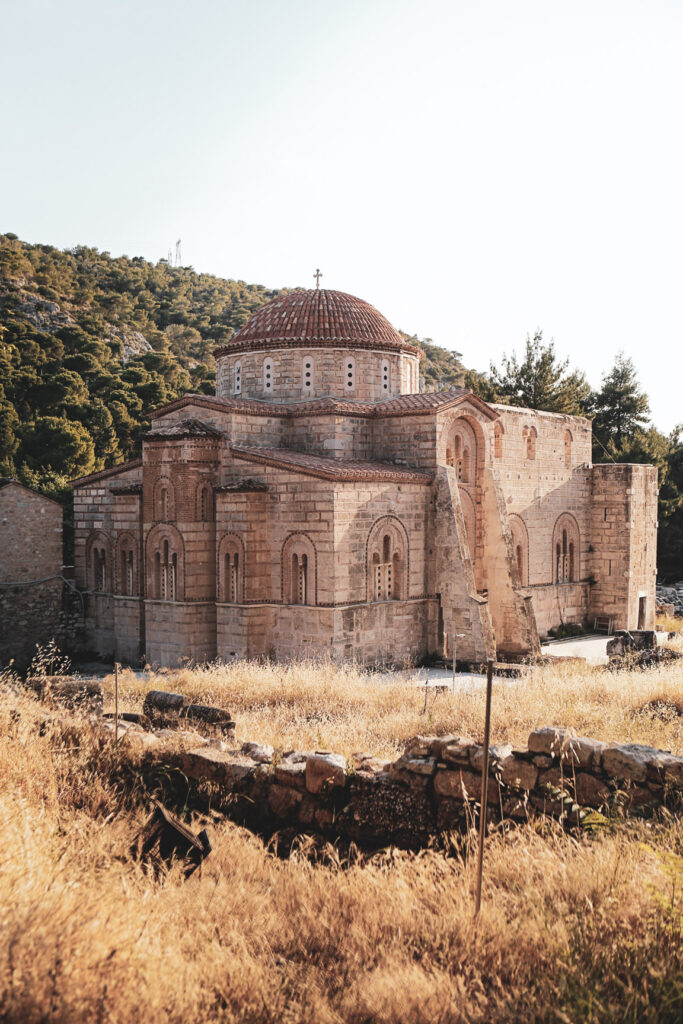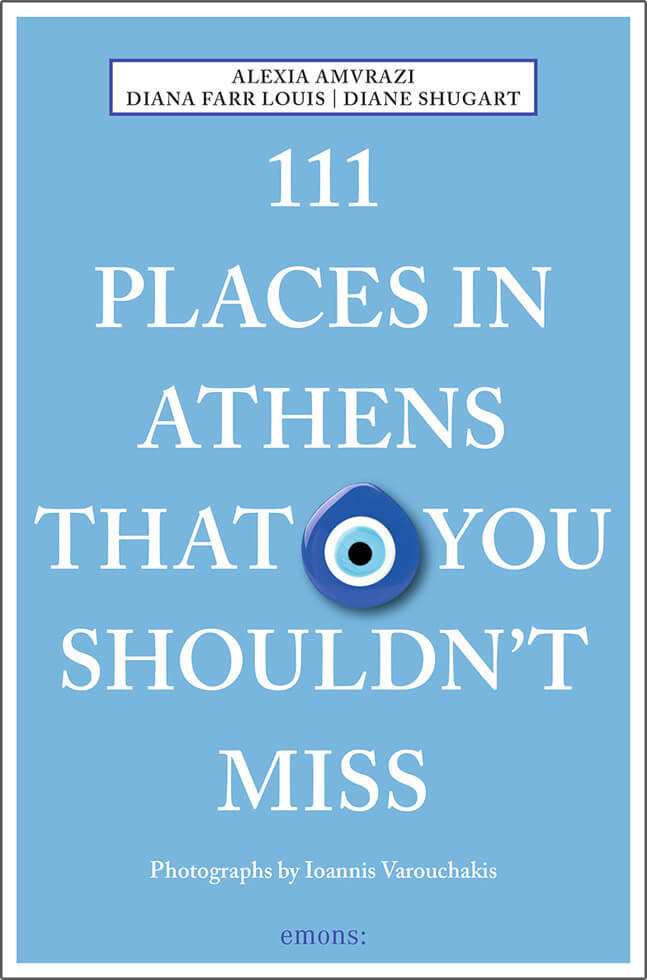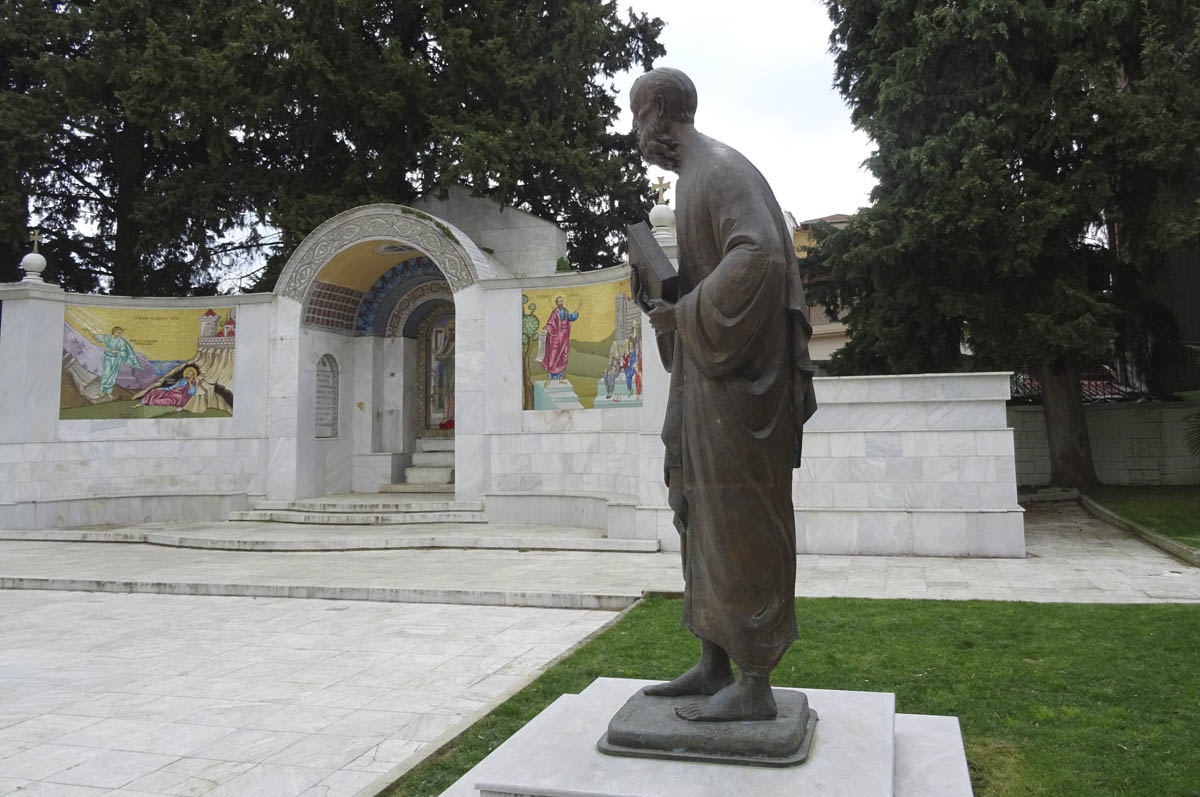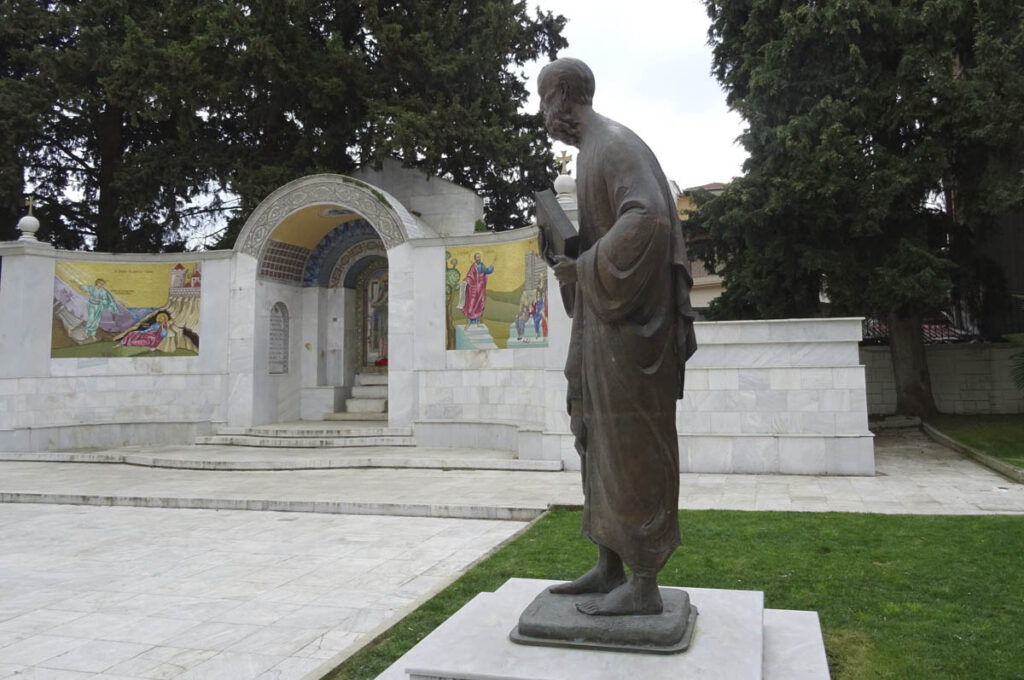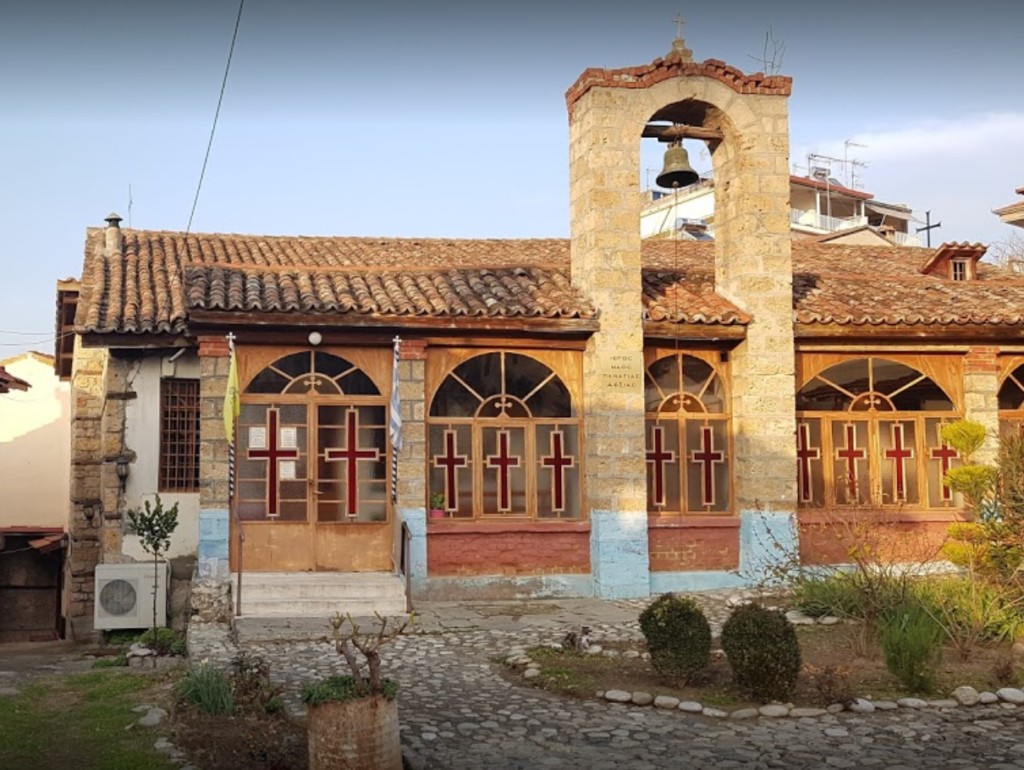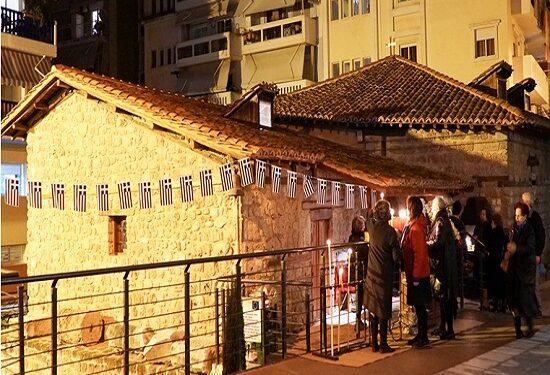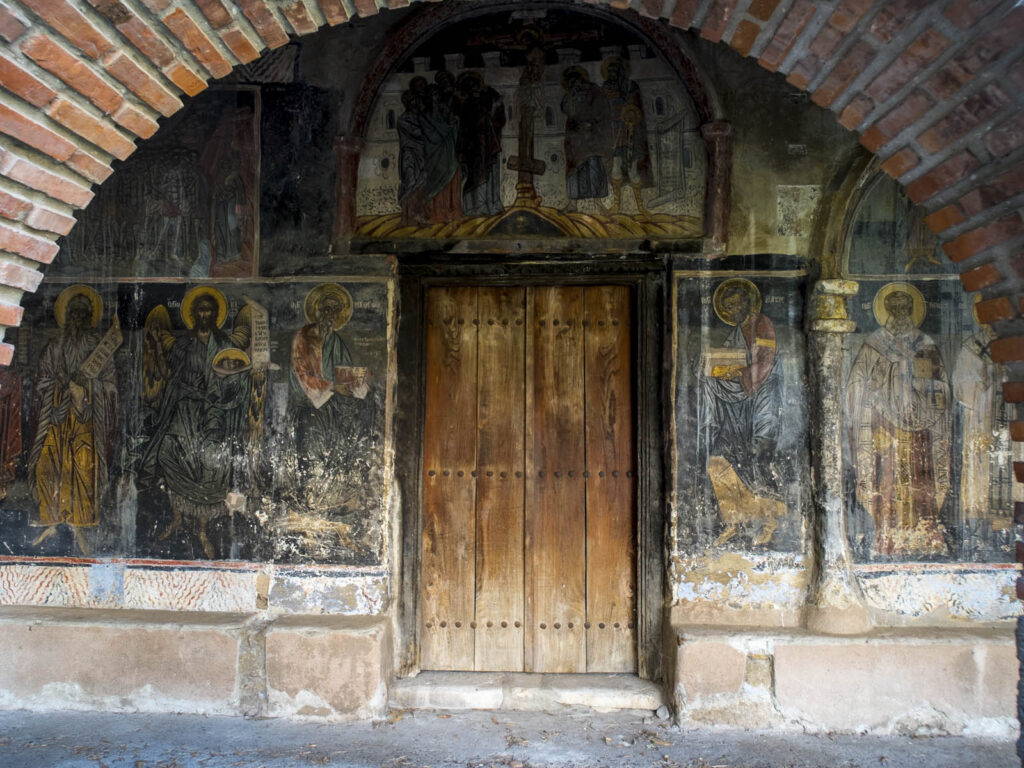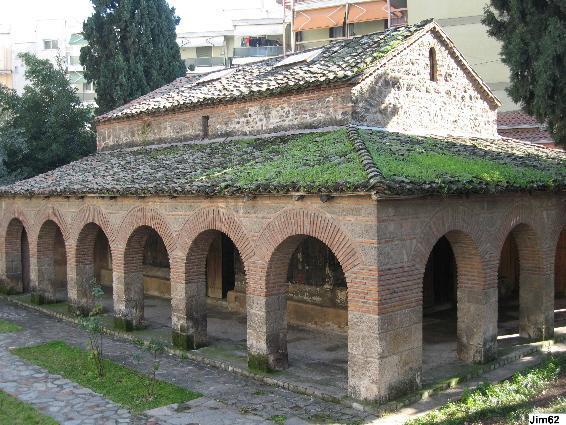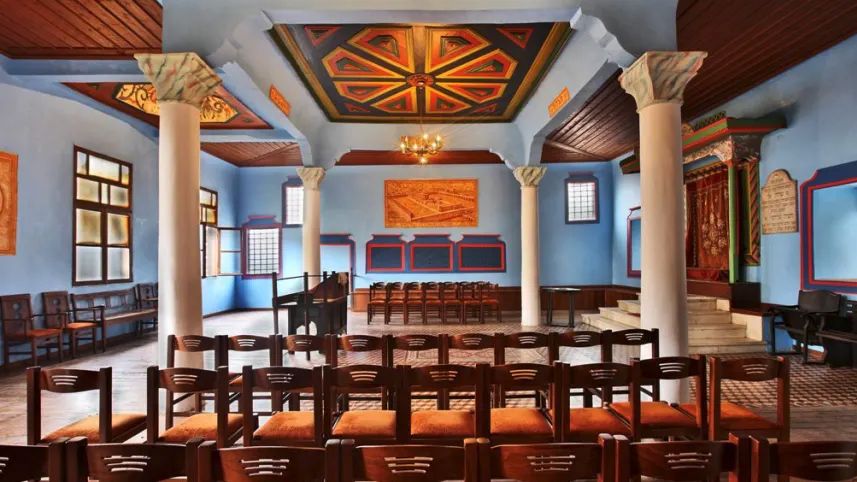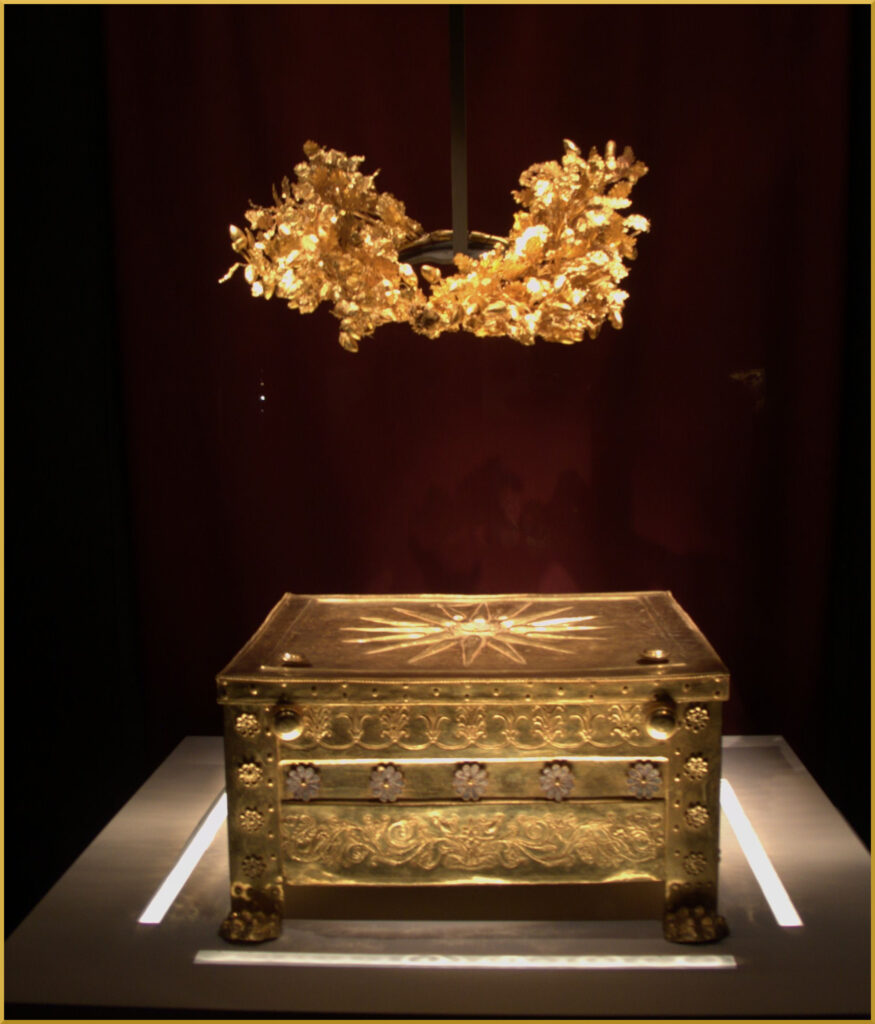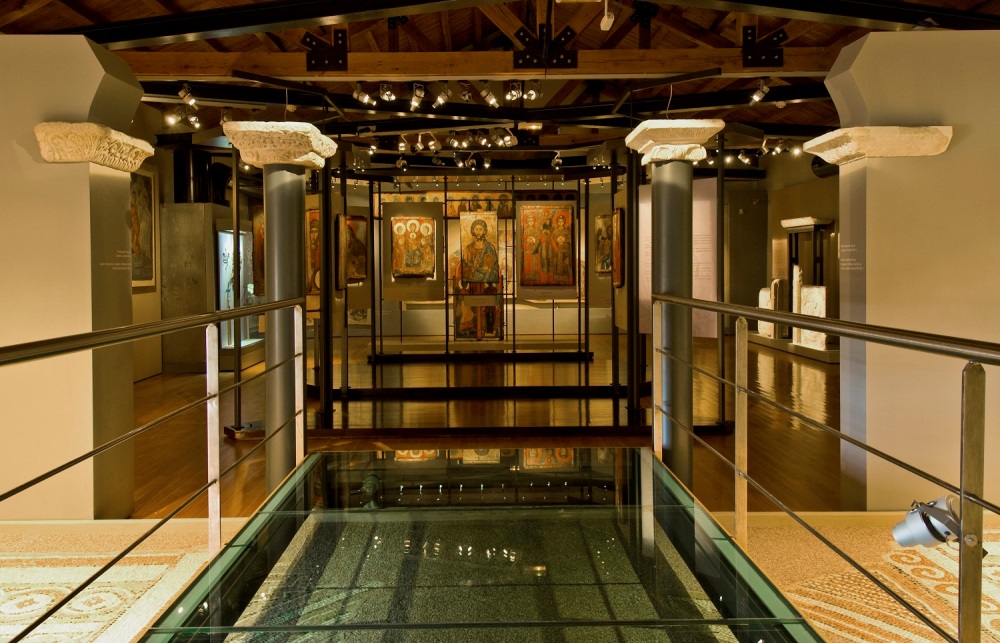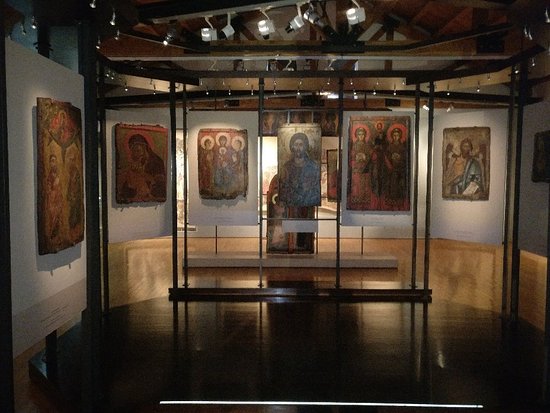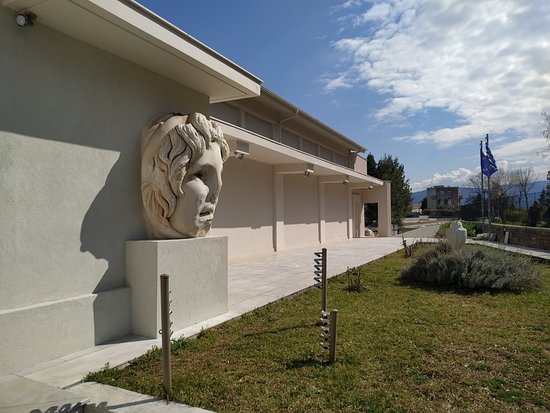Olympia is one of the most influential ancient Greek sanctuaries, located in western Peloponnese, in Elis. In antiquity it was famous beyond the borders of mainland Greece for hosting the Olympic Games every four years, starting in 776 BC.
The archaeological site is located within walking distance of the modern village called Ancient Olympia and it includes ruins from Bronze Age to the Byzantine eras. The site covers an expanded area of ruins scattered among low trees, as well as the ancient stadium where the Olympics took place. An impressive array of artifacts which were unearthed during excavations are on exhibition at the nearby Olympia Museum.
The history
The site of Olympia, in a valley in the Peloponnese has been inhabited since prehistoric times. In the 10th century B.C., Olympia became a centre for the worship of Zeus. The Altis – the sanctuary to the gods – has one of the highest concentrations of masterpieces from the ancient Greek world. In addition to temples, there are the remains of all the sports structures erected for the Olympic Games, which were held in Olympia every four years beginning in 776 B.C.
The Stadium
This is the same track where athletes raced for glory millennia ago. The remains of dozens of buildings and temples sit among the shade of trees on the archaeological site. Some were specifically built for sporting events, and some for the worship of Zeus. A museum holds a collection of priceless artefacts that once decorated the sanctuary. See Olympia come alive with music and culture at its major events—the Ancient Olympia International Festival and the Olympia International Film Festival for children and young people.
What else you can see
Apart from the lovely Archaeological Museum as well as a Museum of the History of the Olympic Games, the site itself, a lush valley once filled with olive trees and called Altis that was created in the 8th Century BC, is awe-inspiring. Temples, such as those of Hera and of Zeus, the circular Philippeion dedicated to the Macedonian King Philip II, the training palestras, stadiums and the Bouleuterion are all a feast for the eyes and imagination. The town of Olympia, in the region of Katakolo, Ilia, is unremarkable but cute for a touristy stroll with some pretty views.
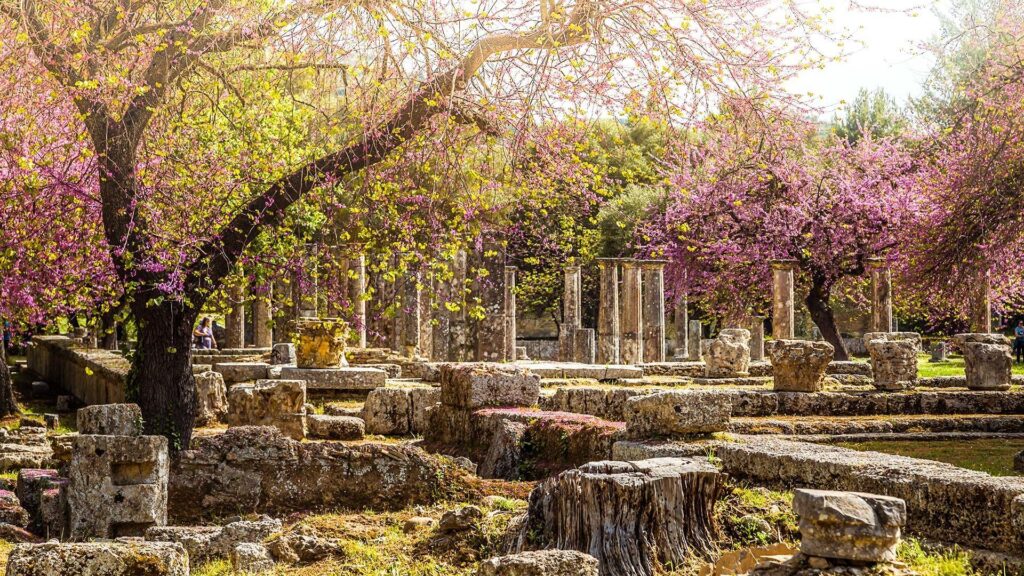
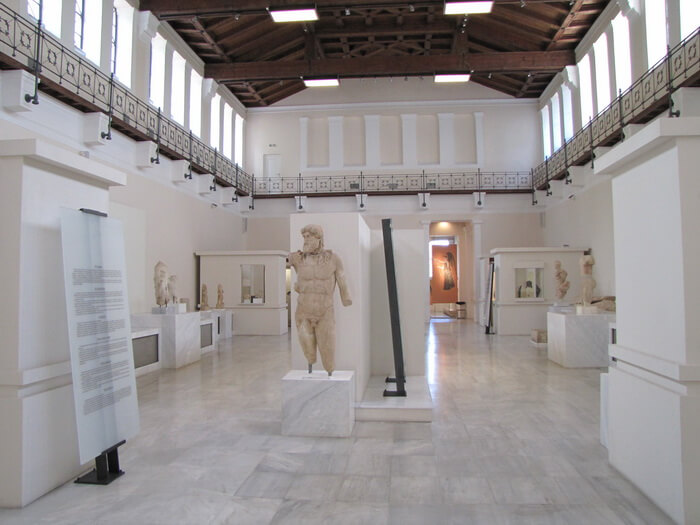
How to Get There
By bus, you can reach Olympia from Athens via Pyrgos, the capital of the region. By car, it is 290 kilometres from Athens (about 3.5 hours). If travelling by boat, the nearests ports are Katakolo (34km), where cruise ships arrive, Killini (66km) with connection lines to and from the Ionian islands, and Patras (117km) from where you can travel to Italy by ferry.
When to Visit
Any time of the year is suitable to visit Olympia. From late April to late October, the site and Olympia museum are open daily during the daylight hours so visitors have more time to enjoy the monuments and galleries. From November 1 to March 31, tickets for the site and museums (open from 8 a.m. until 3 p.m.) are half price. In the winter, there are typically no lines.
Cover image @westerngreece

